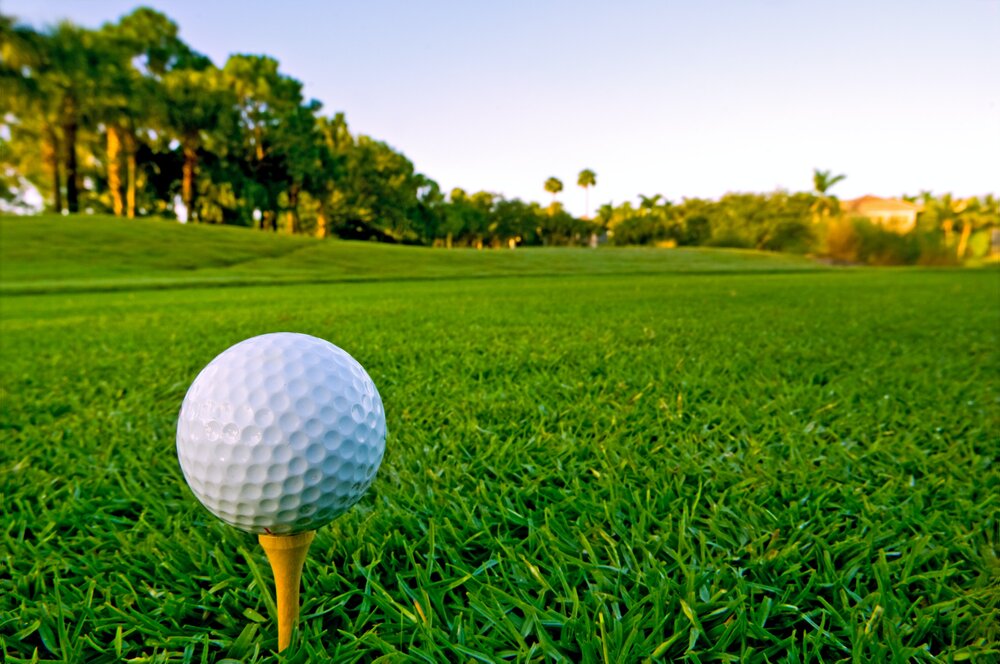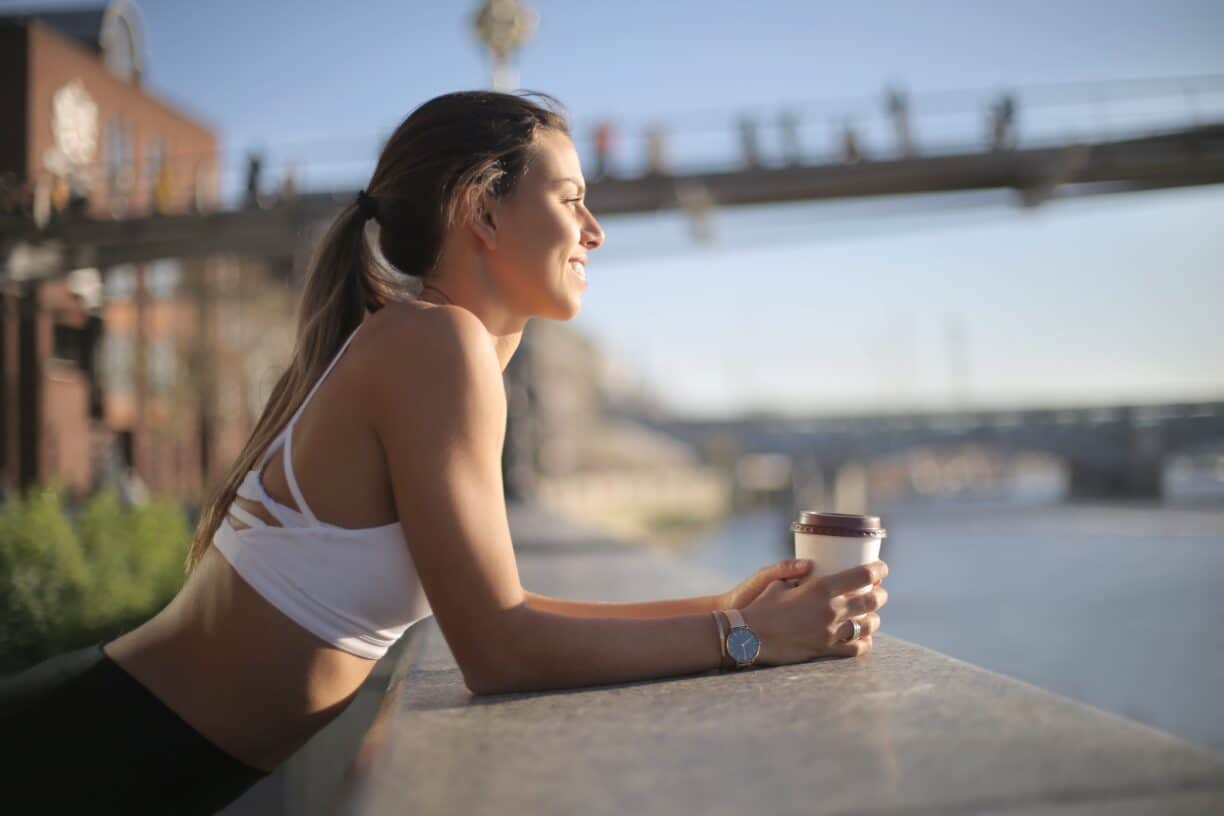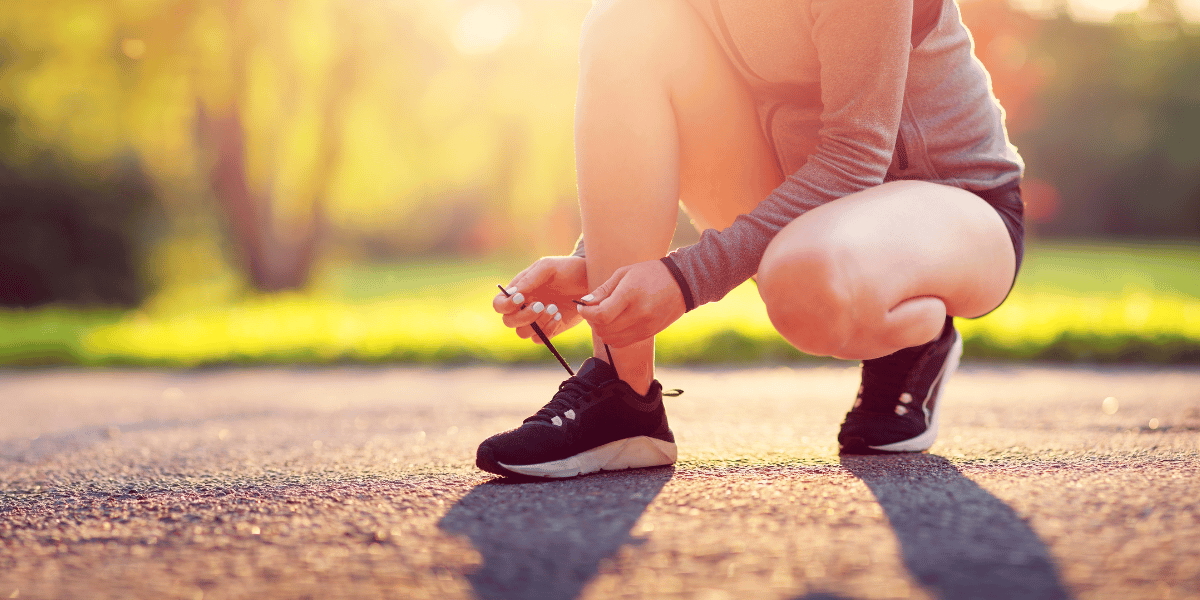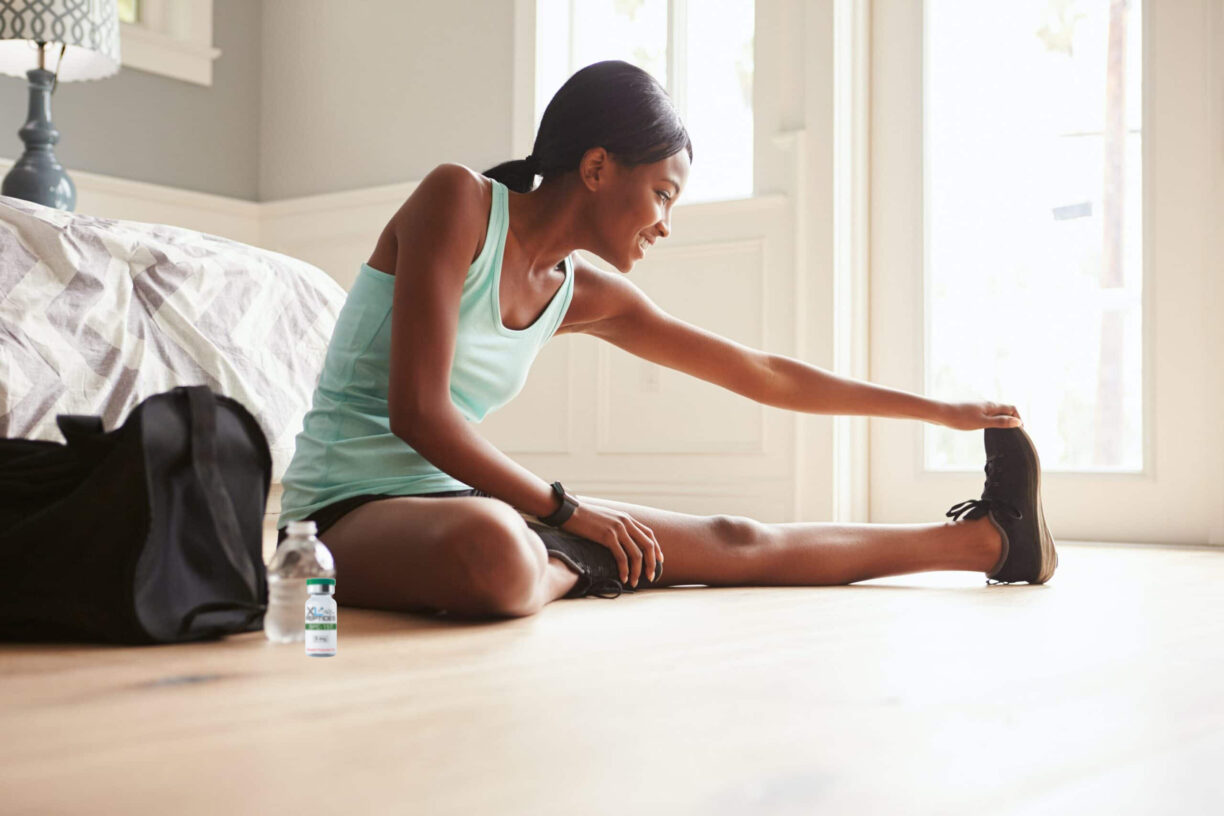Recently many have had to rely on YouTube workouts or virtual fitness classes to keep going with their favourite sports and activities.
For some, that’s proven tricky, as their particular sport of choice might require a certain pitch or terrain – cricket, football or golf, for example.
It’s been announced that golf courses could reopen in England from Wednesday, as long as social distancing measures are enforced, and from May 18 in Ireland on a restricted basis.
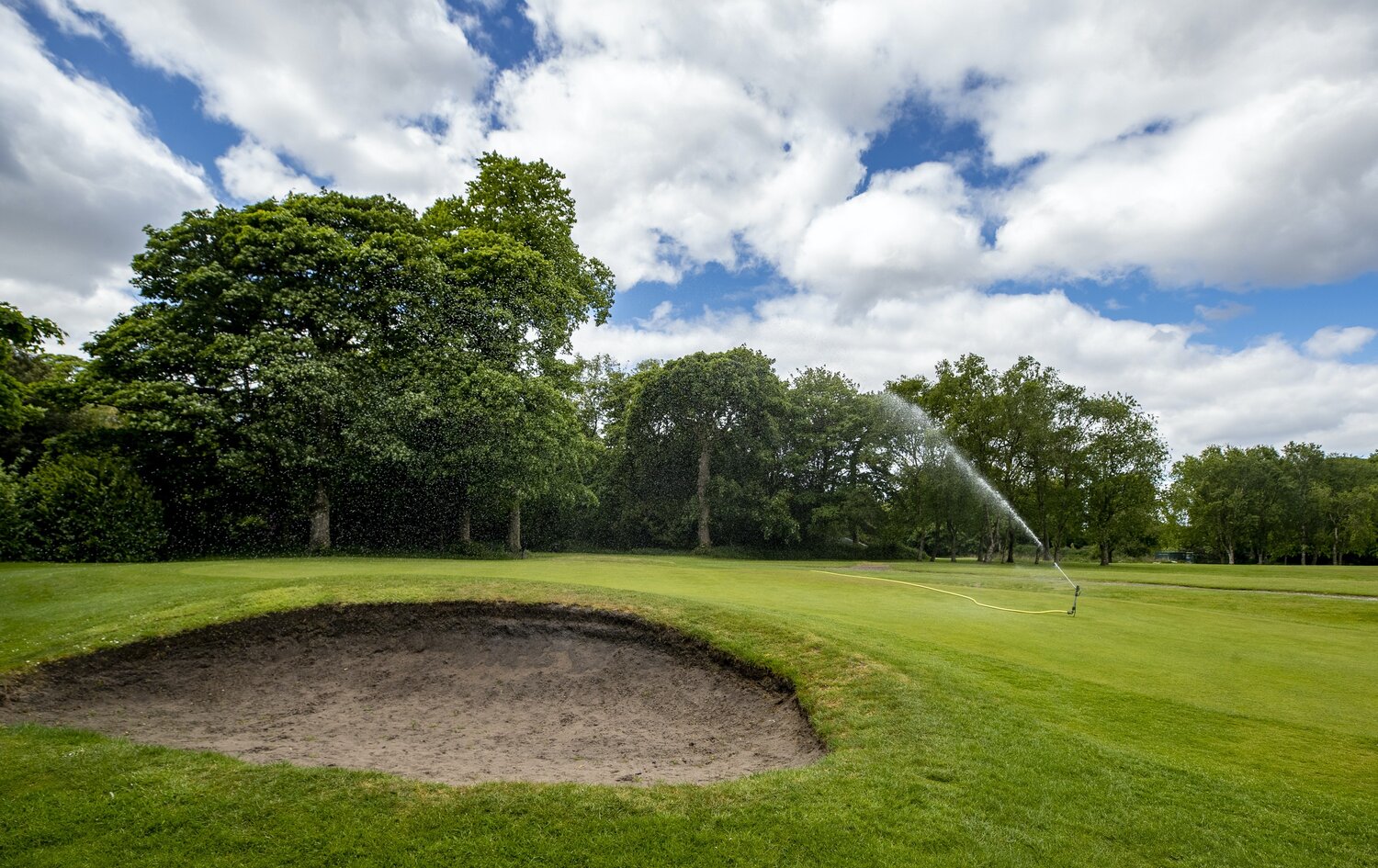
And while it might seem like a leisurely game, golf is actually a very intense sport, using muscles and core strength as well as demanding cardio ability.
So if you’re in the market for a new sport, there are plenty of health reasons to take it up when greens reopen.
Conor Russell, director of golf at Portmarnock Hotel and Golf Links, says: “With a round of golf, you typically walk four miles.
If you use your fitbit, it can be 8,000 to 9,000 steps, which is good exercise. That would tend to burn 280-500 calories per hour. Or if you look at it over 18 holes you could burn 2,500 calories.
“Not only are you walking, but in a lot of cases the golfer has to carry their golf bag,” he adds. “You’re increasing your heart rate and blood flow, and it improves your balance and posture. It makes you very aware of your posture and you’ll find most golfers are wary of their posture.”
Are you ready for the first tee? The next approach shot? That 10-footer for birdie?
— Titleist Europe (@TitleistEurope) May 5, 2020
Whether you're back on the course or still preparing at home, make sure your game is ready. #StaySharp pic.twitter.com/Fe1M9aaKhL
The key muscle group that golf works is the gluteus maximus, aka your bottom. Toned glutes can help interior and exterior muscle rotation and core rotation. The core is hugely important to the golf swing, adds Russell, and is the number one area you’ll find conditioning coaches working on.
Over the past few years there has been more of an emphasis on body conditioning for golf, using a conditioning programme called TPI, or Titleist Performance Institute.
“The conditioning side of golf has become much more important,” says Russell. “A TPI coach will give certain stretches to help with movement.
Core on fire!🔥😅
— Jamie Greaves | Golf Fitness (@JGGolfFitness) May 7, 2020
Are you keeping your power levels up during lockdown for the return of golf?⛳️
If you have a resistance band and a KB then give this band resisted lateral swing a go 😎💪
Great way to help generate power from the ground up in a more specific way👌@MyTPI pic.twitter.com/W1s0WDrtZ5
“The core would be considered the glue that holds the swing together,” says Russell. “The forearms transmit the force that’s created by the body into the golf club.
So if you’re thinking of getting your body in shape for golf, you’d start with the glutes, then the chest, core and arms.
Then, after that, speed training has become the next step. With increased strength and speed, the ball will travel further.”
And there are mental health benefits, too. Russell adds: “Golf to me represents good therapy. It’s four hours of long walks and good company, where your focus from everything else in the world just seems to be forgotten about and you’re at one with the course.”
Some of our favourite health and wellbeing benefits of golf⬇️
— Me and My Golf (@Meandmygolf) April 17, 2019
🌳Exposure to the outdoors
🤝Fosters relationships
💪🏼Burns calories
❤️Increased heart rate
🧠Good for your brain
👀Improved vision
💤Improved sleep
☺️Reduced stress
What's yours? #golfhealthweek
It takes you away from screen time, Russell adds. “From a rules perspective, phones can’t or shouldn’t be used on the golf course, because you could use apps to improve your game such as GPS devices in them.”
“Mindfulness and personal wellbeing has been extremely important during the pandemic and golfers have missed their camaraderie, and how important it is for your own state of mind and mental wellbeing.
“Nothing represents, for a golfer, anything better than being outdoors and your mind being off everything else, just solely occupied by a ball and four miles of a walk.”
So, while you may only be able to play alone or with members of your household for a while, golf could be the perfect antidote to cabin fever.

